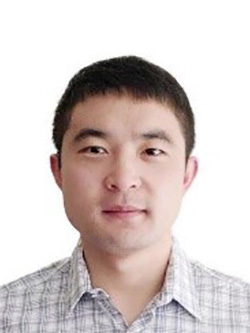
Associate Prof. Dianyu E
Jiangxi Provincial Key Laboratory for Simulation and Modelling of Particulate Systems
Jiangxi University of Science and Technology (Nanchang)
E-mail :dianyu.e@jxust.edu.cn
Dr Dianyu E is an Associate Professor in the International Institute for Innovation of Jiangxi University of Science and Technology of China. He was awarded a PhD in 2018 at Monash University Australia. His research has focused on the applications to a range of complex reactive flow processes in traditional and emerging industries particularly resource and energy sectors, including process metallurgy, biology processes, and renewable energy processes. His research interests range from understanding fundamentals to optimizing and developing new, cleaner and more efficient technologies, powered by advanced multidimension and multiscale modelling techniques, data-driven (AI) models and experimental approaches.
Title: Particle-scale modelling of injected hydrogen and coke co-combustion in the raceway of an ironmaking blast furnace.
Abstract: Hydrogen is environmental-friendly fuel without greenhouse gas (GHG) emissions and its applications have attracted significant attentions from many industries especially for ironmaking industry with massive fossil energy consumption. The injection of hydrogen into blast furnace (BF) is one of the most promising low-carbon ironmaking routines. In this study, an experimentally validated CFD-DEM model is adopted to investigate dynamics, microstructure and thermochemical behaviours in the raceway of BF with hydrogen injection operation (HIO), which include raceway evolution, force distribution and the co-combustion characteristics of hydrogen and coke. Some significant features have been captured through comparison analyses between HIO and AIO (air injection operation). Especially, the effects of hydrogen injection concentration on raceway size, gas temperature and component are studied. The simulation results show that a smaller raceway is formed under HIO in comparison with AIO. In addition, the gas temperature is higher near tuyere but lower along the tuyere axis, and the oxygen consumption is larger and produces more CO. As hydrogen injection concentration increases: i) the raceway size and gas temperature decreases; ii) the CO generates at the early stage and the maximum CO2 concentration moves to inlet direction along tuyere axis. The results shed light on the fundamental understanding of low-carbon ironmaking BF technology.